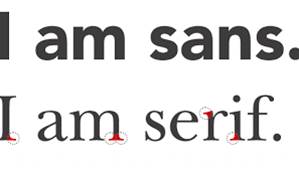Mise-en-scene: Stranger Things analysis
Mise-en-scene is a vital aspect of media language and builds nicely on our work on denotation and connotation.
Mise-en-scène is a French term meaning ‘Putting on Stage’. It refers to the Media language used by the producer in their media product to communicate with their audience so…everything we see on screen. We can remember what this includes using the acronym CLAMPS:
- Costume
- Lighting
- Actor placement and movement
- Make-up
- Props
- Setting
When we look at a clip, image or advert in Media Studies we need to be able to identify aspects of mise-en-scene and explain the effect it has on the audience.
Choose THREE aspects of mise-en-scene (e.g. costume, lighting and setting) and write a short paragraph for each about the denotation and connotation and what is communicated to the audience.
Lighting: In the beginning the scene starts outside, at night, only being illuminated by sparse synthetic lighting. This becomes a running theme throughout the play. It cuts to the inside of the facility where the lights are far and few between, dimly lit with green and cold tones. The connotations are that whatever is happening is ominous, secretive and malicious.
Props: There is a large facility at the start out in the desert somewhere, cuts to a hallway that is only decorated by lights and doors. At the end there's an elevator that gives a sense of hope and escape but it is used as a trap, instilling an idea of hopelessness. The scene cuts to the basement which is cluttered with chairs, tables, pizza, board games and toys. Its a lot more casual and suggests that it is occupied by young kids or teenagers. The last scene has a gun in it which has connotations of violence.
Setting: It starts outside in the open, its calm and unassuming but cuts to a long winding hallway, it immediately draws in the audience as we are alarmed by the lack of exit and the fast paced scenery. Then it cuts back to the basement where some kids are playing, its more comforting and casual and suggests these are our protagonists. When they leave they go outside at night, they are casual but as it progresses one is singled out and it becomes dark and he's surrounded by forests. It becomes foreboding as the character is startled by an antagonists and runs back inside where he gets cornered in his shed. It cuts to the shed being empty which is unnatural and alludes to something we the viewers don't understand yet.
costume: The first character wears a cold sterile white coat which suggests his role in the story as a doctor. The next characters that are introduced wear casual, colourful and bright clothes which tells us that they're young children.


Comments
Post a Comment